Religion Christian Organizations founded Barnardo's Children Syrie Maugham, Marjorie | Name Thomas Barnardo Denomination Protestant | |
Citizenship United Kingdom of Great Britain and Ireland Known for Founder of homes for poor children Spouse Sara Louise Elmslie (m. 1873–1905) Parents Abigail, John Michaelis Barnardo Similar People Syrie Maugham, Henry Wellcome, W Somerset Maugham, Anthony Ashley‑Cooper - 7th Earl o | ||
Thomas John Barnardo
Thomas John Barnardo (4 July 1845 – 19 September 1905) was an Irish philanthropist and founder and director of homes for poor children. From the foundation of the first Barnardo's home in 1867 to the date of Barnardo's death, nearly 60,000 children had been taken in.
Contents
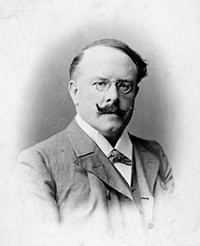
Early life
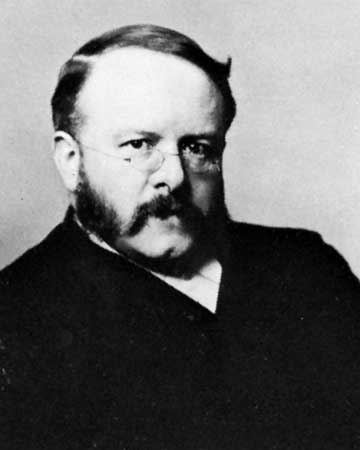
Barnardo was born in Dublin, Ireland, in 1845. He was the fourth of five children (one died in childbirth) of John Michaelis Barnardo, a furrier, and his second wife, Abigail, an Englishwoman and member of the Plymouth Brethren.
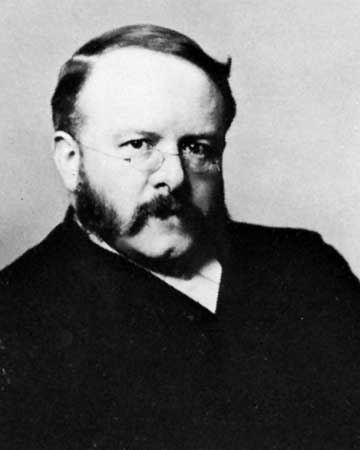
In the early 1840s, John emigrated from Hamburg to Dublin, where he established a business; he married twice and fathered seven children. The Barnardo origins are uncertain; the family "traced its origin to Venice, followed by conversion to the Lutheran Church in the sixteenth century", but others have claimed German Jewish roots for them.
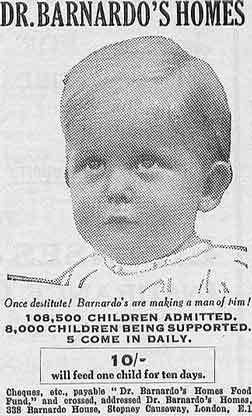
As a young child, Barnardo thought that everything that wasn't his should belong to him. However, as he grew older, he abandoned this mindset in favour of helping the poor.
Marriage and family
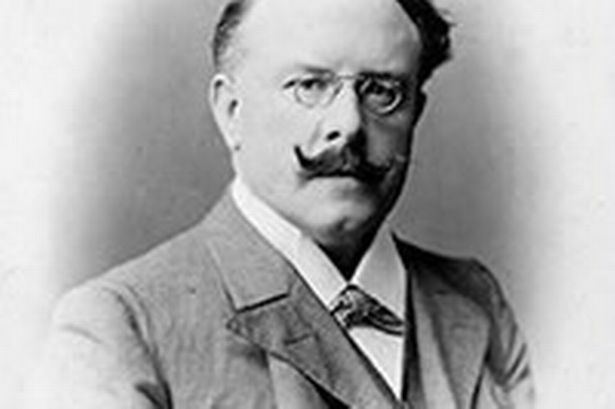
In June 1873, Barnardo married Sara Louise Elmslie (1842–1944), known as Syrie, the daughter of an underwriter for Lloyd's of London. Syrie shared her husband's interests in evangelism and social work. The couple settled at Mossford Lodge, Essex, where they had seven children, three of whom died in early childhood. Another child, Marjorie, appears to have had some form of intellectual disability, though details are unknown.
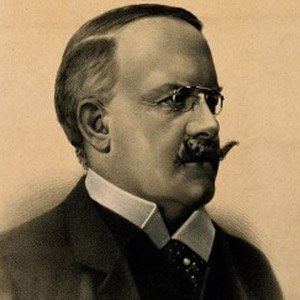
Another daughter, Gwendolyn Maud Syrie (1879–1955), known as Syrie like her mother, was married to wealthy businessman Henry Wellcome, and later to the writer Somerset Maugham, and became a socially prominent London interior designer.
Death
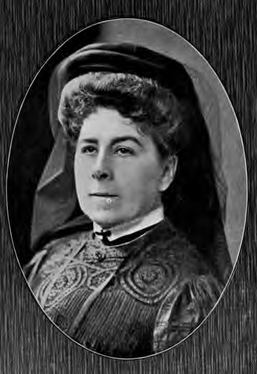
Barnardo died of angina pectoris in London on 19 September 1905, and was buried in front of Cairns House, Barkingside, Essex. The house is now the head office of the children's charity he founded, Barnardo's.
After Barnardo's death, a national memorial was instituted to form a fund of £250,000 to relieve the various institutions of all financial liability and to place the entire work on a permanent basis. William Baker, formerly the chairman of the council, was selected to succeed the founder of the homes as Honorary Director.Thomas Barnardo was the author of 192 books dealing with the charitable work to which he devoted his life.
From the foundation of the homes in 1867 to the date of Barnardo's death, nearly 60,000 children had been rescued, trained and placed out in life. At the time of his death, his charity was caring for over 8,500 children in 96 homes.
Not a Jack the Ripper suspect
At the time of the Whitechapel murders, due to the supposed medical expertise of the Ripper, various doctors in the area were suspected. Barnardo was named a possible suspect long after his death. Ripperologist Gary Rowlands theorized that due to Barnardo's lonely childhood he had anger which led him to murder prostitutes. However, there is no solid evidence he committed the murders. Critics have also pointed out that his age and appearance did not match any of the descriptions of the Ripper.
